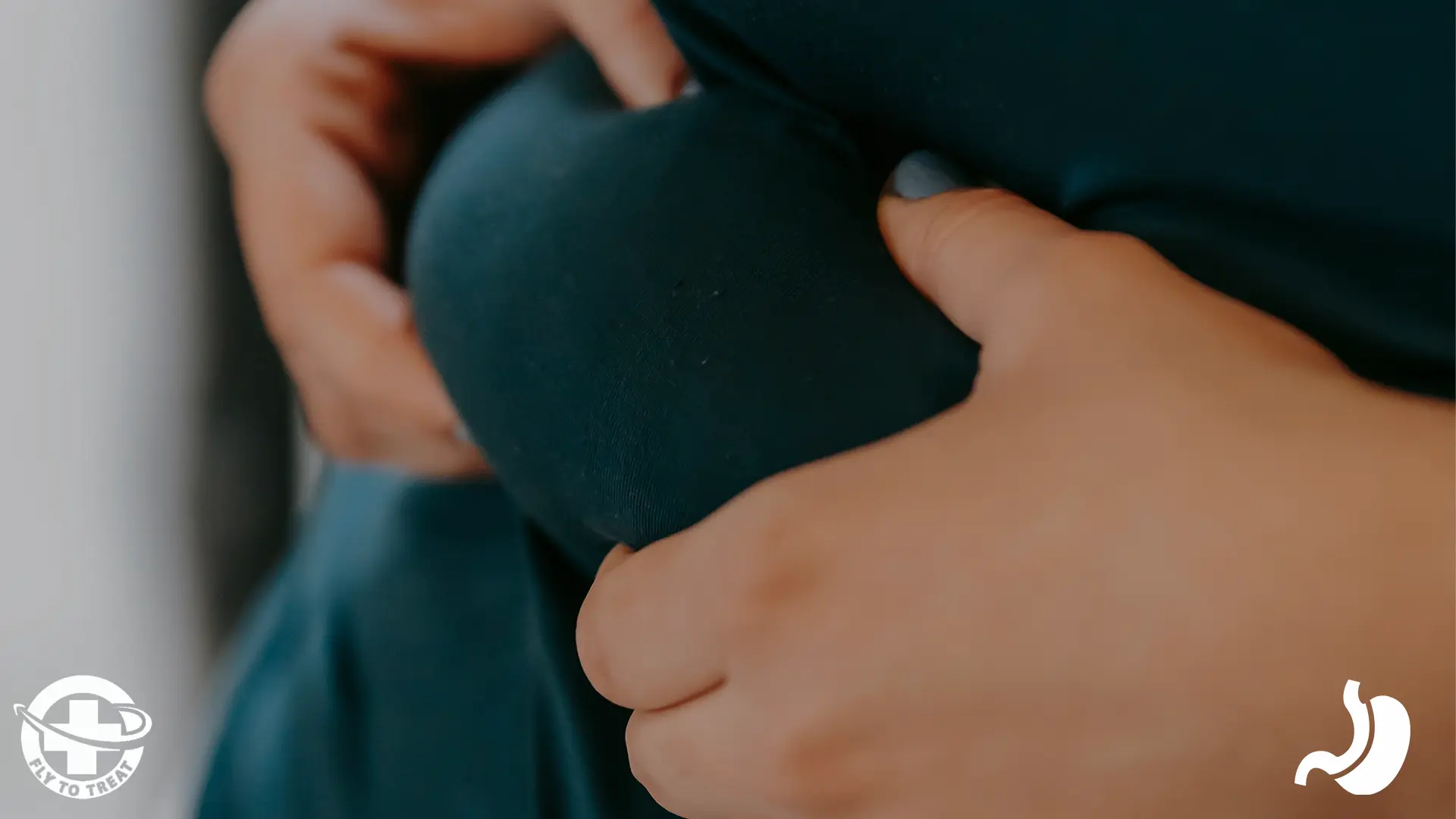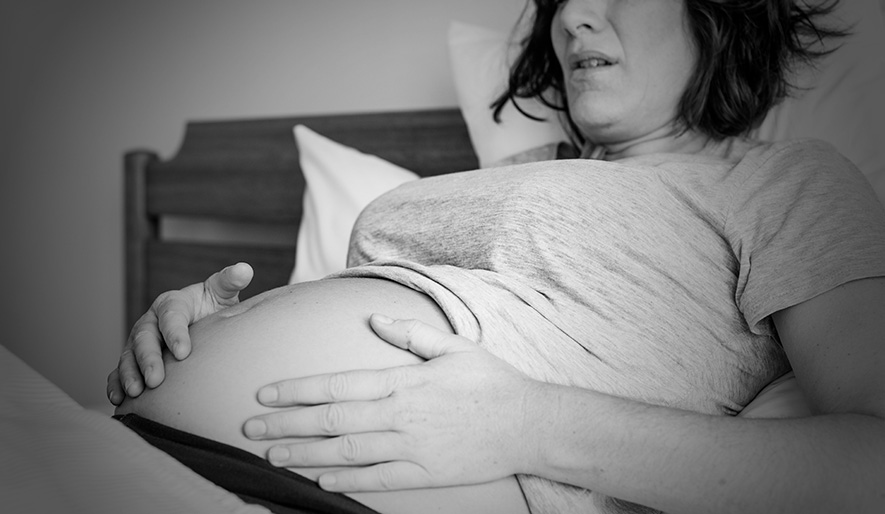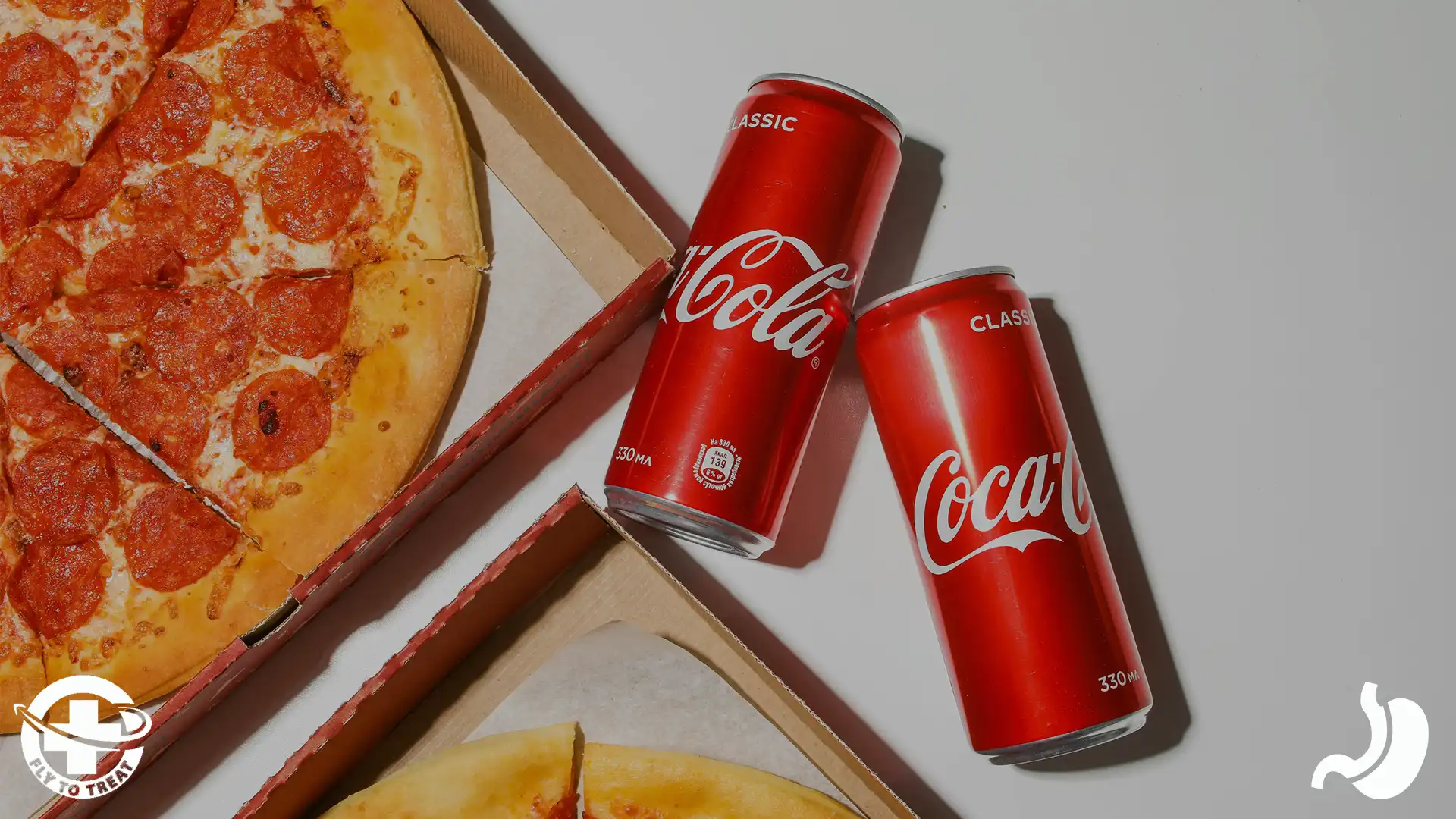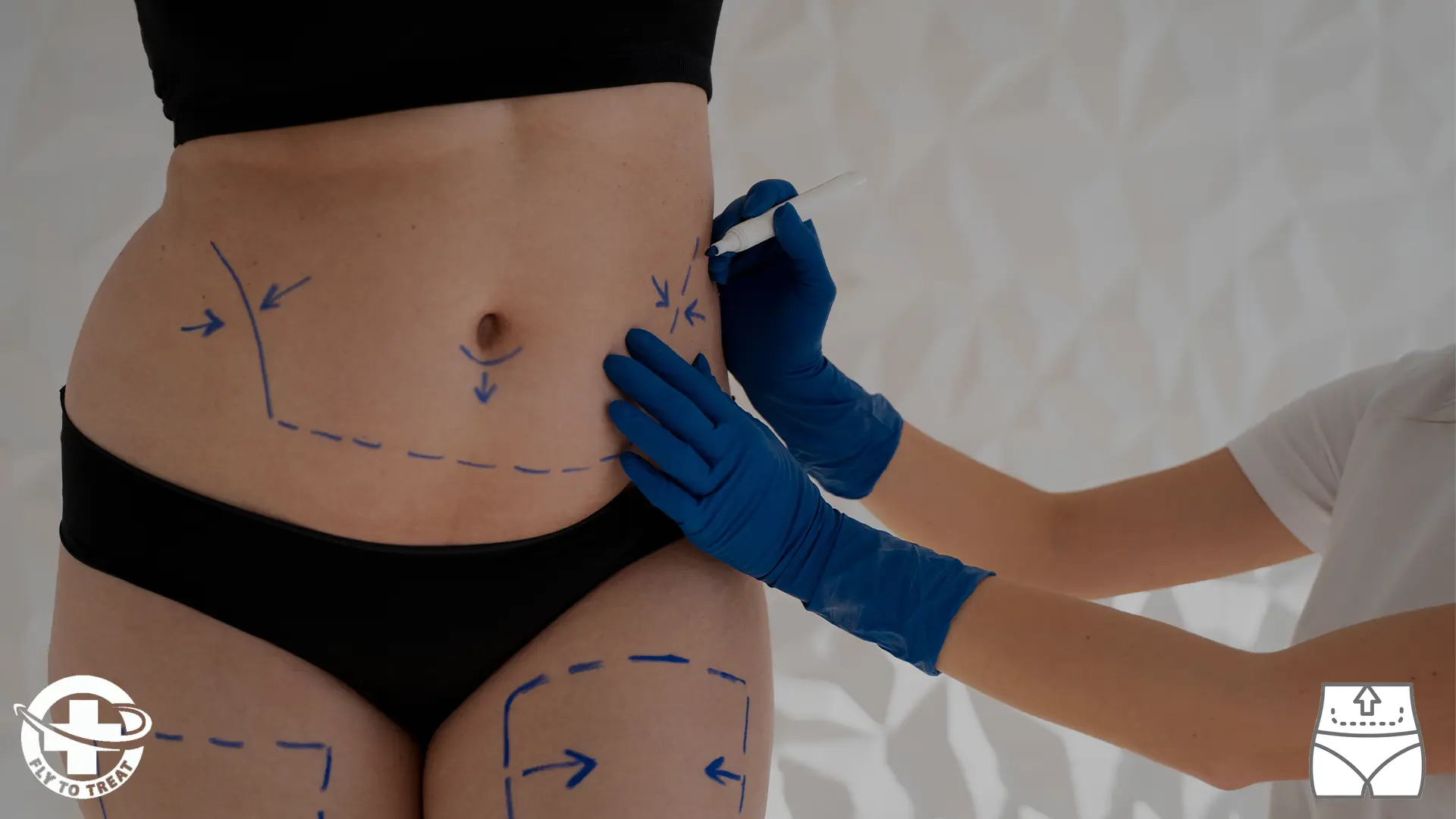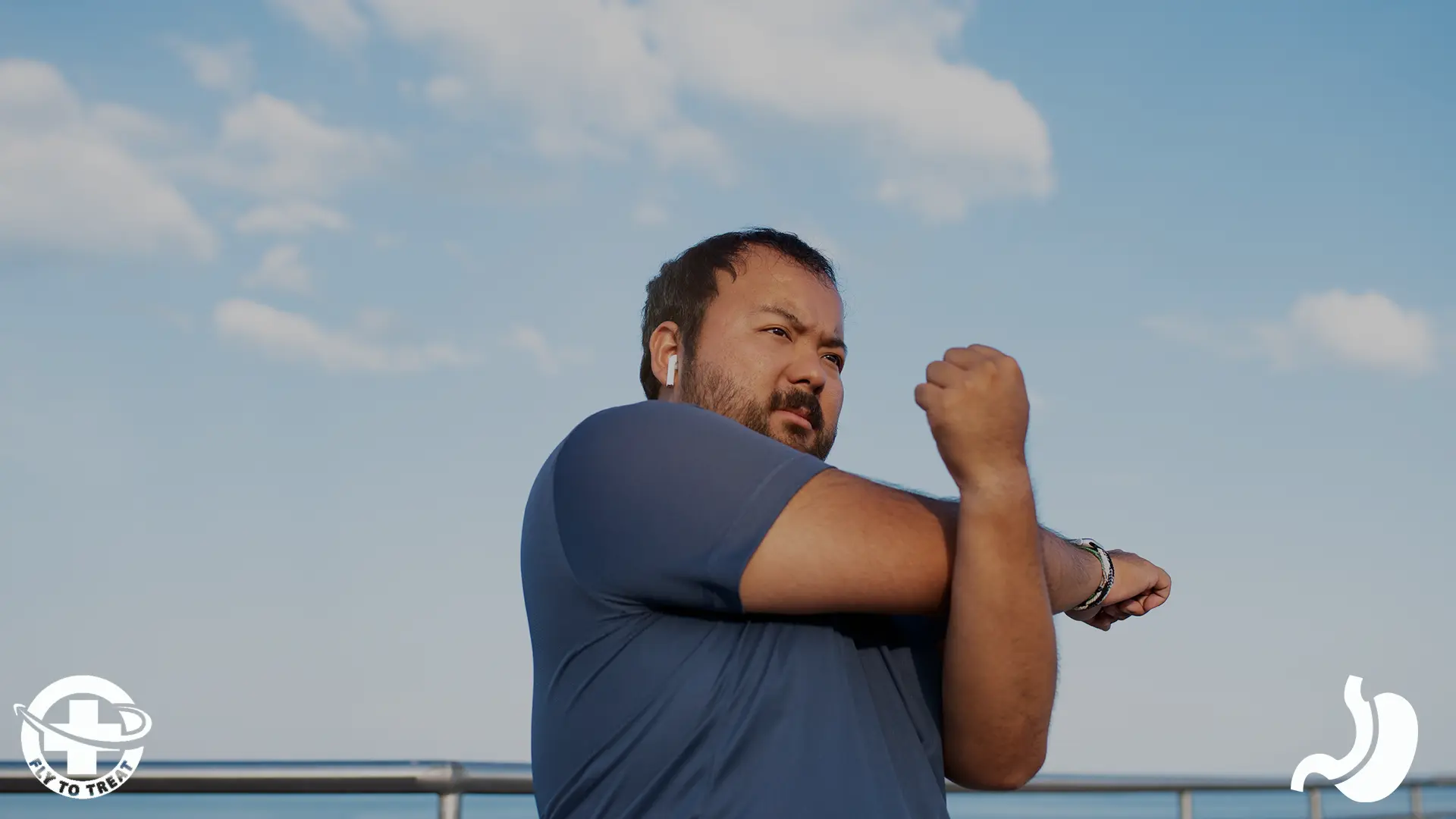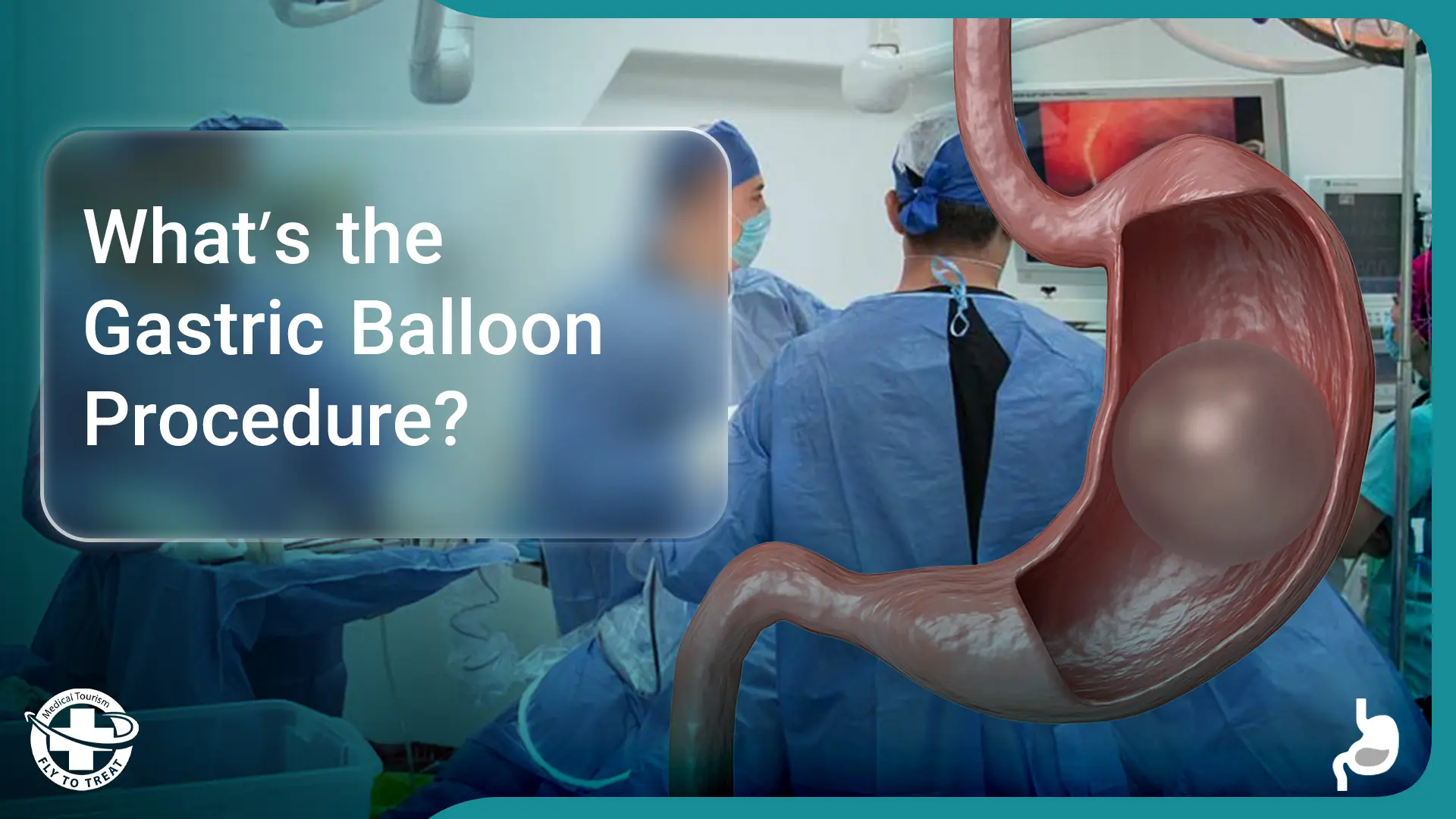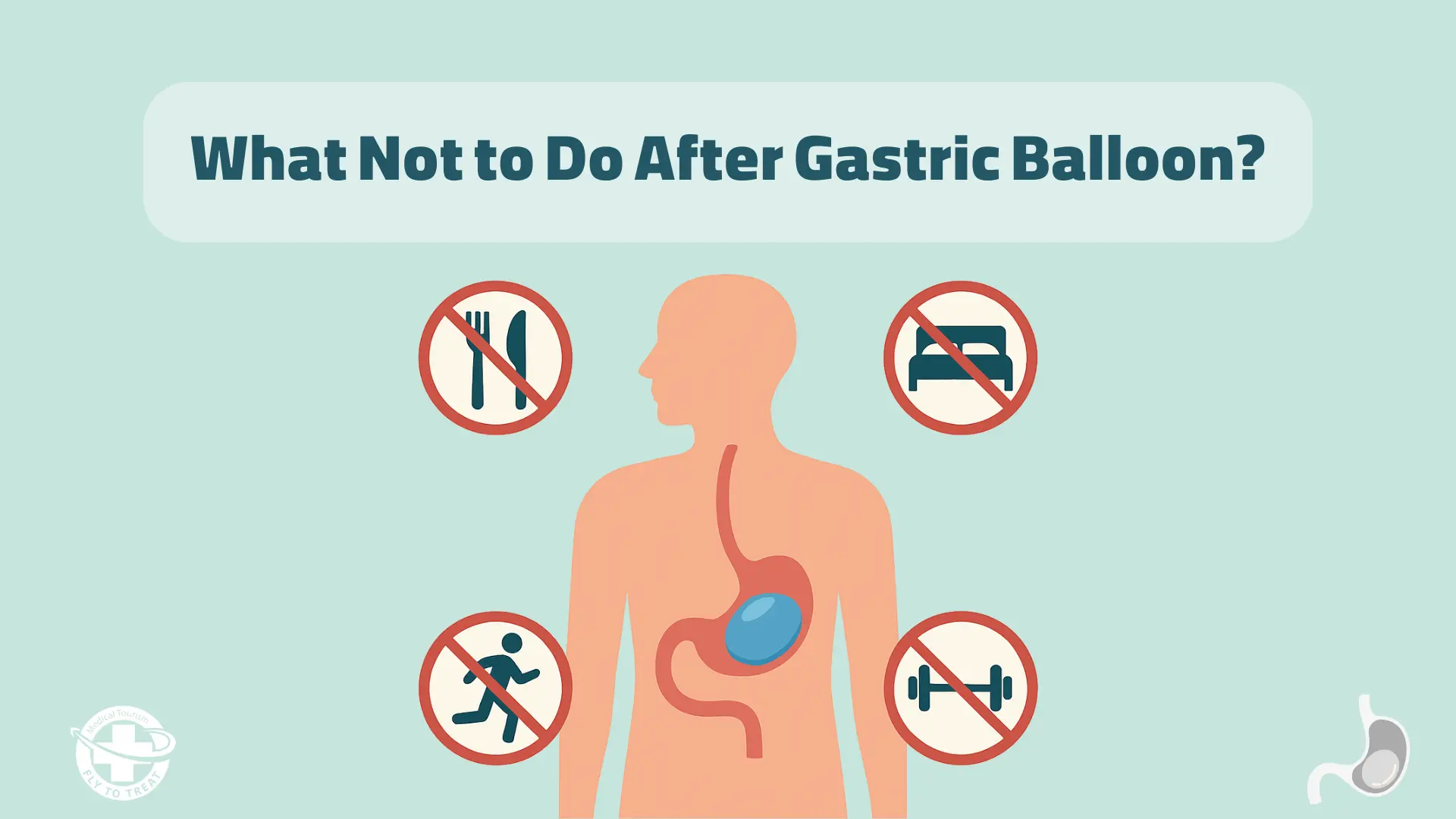
What Not to Do After a Gastric Balloon?
Gastric balloon recovery after a gastric balloon procedure requires several things you should avoid to ensure a smooth recovery and maximize the effectiveness of the treatment. Patients always have common questions about gastric balloons so that they can achieve gastric balloon recovery more quickly. These things can vary from a specific diet and eating habits to avoiding some specific physical activities.
In this article, we’ll explain the activities you should avoid and what not to do after a gastric balloon.
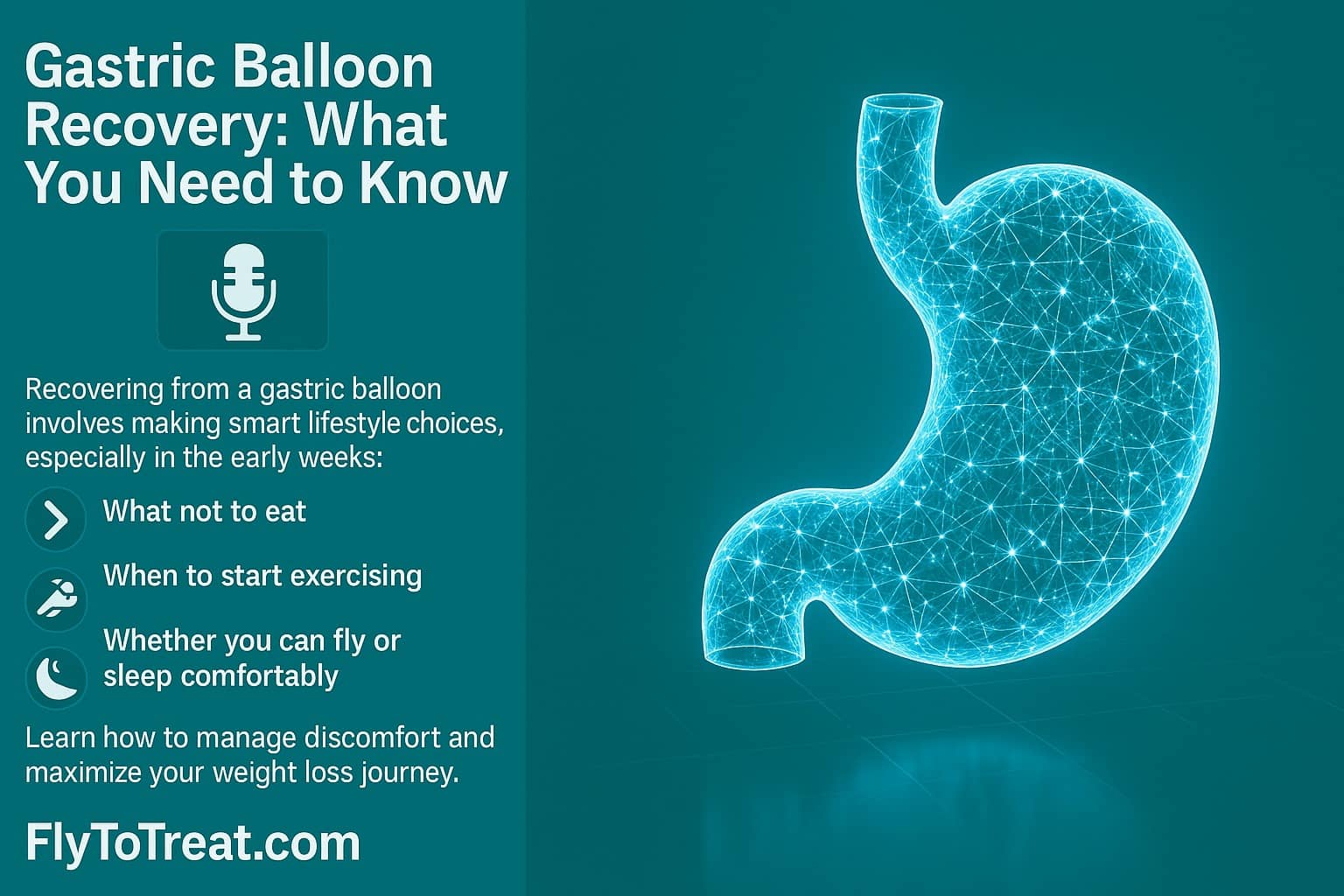
FlytoTreat is a well-known medical treatment facilitator that collaborates with many top-notch clinics and medical centers around the world to help patients and people who seek weight loss treatments such as gastric balloon surgery and gastric balloon insertion. We are always ready to help you with medical treatment requirements.
For a free consultation regarding weight loss options and gastric balloon costs by type, and to begin your physical transformation, Click Here. 
Table of Contents

What Not to Do After a Gastric Balloon?
As the intra-gastric balloon is a soft silicone balloon filled with saline and some blue dye to help you feel satisfied with less food by taking up space in your stomach, your aim of losing weight will be possible through avoiding some activities and foods in addition to a healthy diet and more exercise. Let’s explore some common gastric balloon FAQs and see how to follow some do’s and don'ts about intragastric balloon recovery.
Can I Fly After Getting a Gastric Balloon?
Yes, once your gastric balloon has been put in, modified, or removed, you can travel at any time without risk. However, take into account the following advice to guarantee a comfortable flight:
- Await the termination of any initial side effects. In the initial days following installation, gas, bloating, cramps, and nausea are common. It is recommended to postpone flying until these symptoms resolve.
- Stay Hydrated: To prevent discomfort, drink lots of water during gastric balloon recovery because airplane cabins can be dehydrating.
- Consider Light Meals: To avoid bloating and accelerate your gastric balloon recovery, limit your intake to soft, easily digested foods both before and during your journey.
- Move Around: Walking on long flights can help minimize bloating and discomfort.
Can I travel with a gastric balloon?
Yes, people frequently use gastric balloons to travel at high altitudes since commercial airplanes maintain regular air pressure. Hence, there is no issue with doing so. To prevent reflux, it is advised to eat early in the evening and wait two to three hours before turning in for the night. Using pillows to support yourself can also be beneficial, and sleeping on your left side can make you feel more at ease. You may relax knowing that your balloon won't burst or deflate if that's a concern.
Please also read: “Who is a Candidate for Gastric Balloon?”
When can I exercise after a gastric balloon?
During the gastric balloon recovery, you should avoid scheduling strenuous activities during the first week following the procedure. However, there is no reason you can't resume your regular exercise routine after your body has adapted to the balloon.
Therefore, after the balloon has been inserted, you should refrain from physically demanding activities, such as sports, for at least a week or two. This will allow your body to adapt to the variations in the amount of food and water you consume. You can begin leisure walking as soon as you're at ease.
Can I run with a gastric balloon?
Yes, it is possible to run while holding a gastric balloon in your stomach. Running will cause the balloon to move, but you will usually get used to it. You can progress your workout routine once the balloon is inserted, but it is suggested that you avoid running for the first few weeks while you are still getting used to it.
However, some experts recommend against it while the balloon is in place because the balloon's bouncing could make you quite uncomfortable and cause symptoms such as nausea, vomiting, and heartburn. So, they recommend exercising, such as biking or any other exercise that does not include bouncing, bending over, etc. Vigorous use of a stationary bike is a great exercise without risking balloon-related symptoms.
Can I lift weights with a gastric balloon?
In fact, it is possible to exercise while wearing a gastric balloon, and engaging in physical activity is even advised to optimize weight loss. During the first week following the procedure, you should avoid vigorous physical activity. But after your body has adapted to the balloon, there's no reason you can't continue your regular exercise routine. However, exercise intensity should be increased progressively over time, starting modestly.
Can you swim with a gastric balloon?
Yes, the window of time for exercising and swimming after a gastric balloon is typically between two and four weeks, but you will need to pay close attention to what your surgeon advises. You can participate in swimming activities after this waiting time, which guarantees that your incisions heal properly and do not become infected.
Walking on uneven terrain necessitates slight direction changes, which may be uncomfortable for the developing stomach muscles. After two to three months, you can consider doing some mild exercise, such as cycling or swimming.
Can I get pregnant after a gastric balloon?
You should not become pregnant while the stomach balloon is within your stomach because it cannot be removed immediately. You have to wait until the second trimester if you become pregnant unintentionally while the balloon is in, despite your strong desire to take it out as soon as you find out you are pregnant. This is because an endoscopy is unsafe for the unborn child, especially in the first trimester.
In terms of a gastric balloon, experts advise against getting pregnant for one to two years after the sleeve surgery, even in the best place for gastric sleeve surgery. Since women who undergo this procedure may lose a lot of weight very quickly, pregnancy too soon after surgery may result in the growing baby not receiving the nutrition it needs.
Would you like to learn more about Gastric Sleeve and Pregnancy?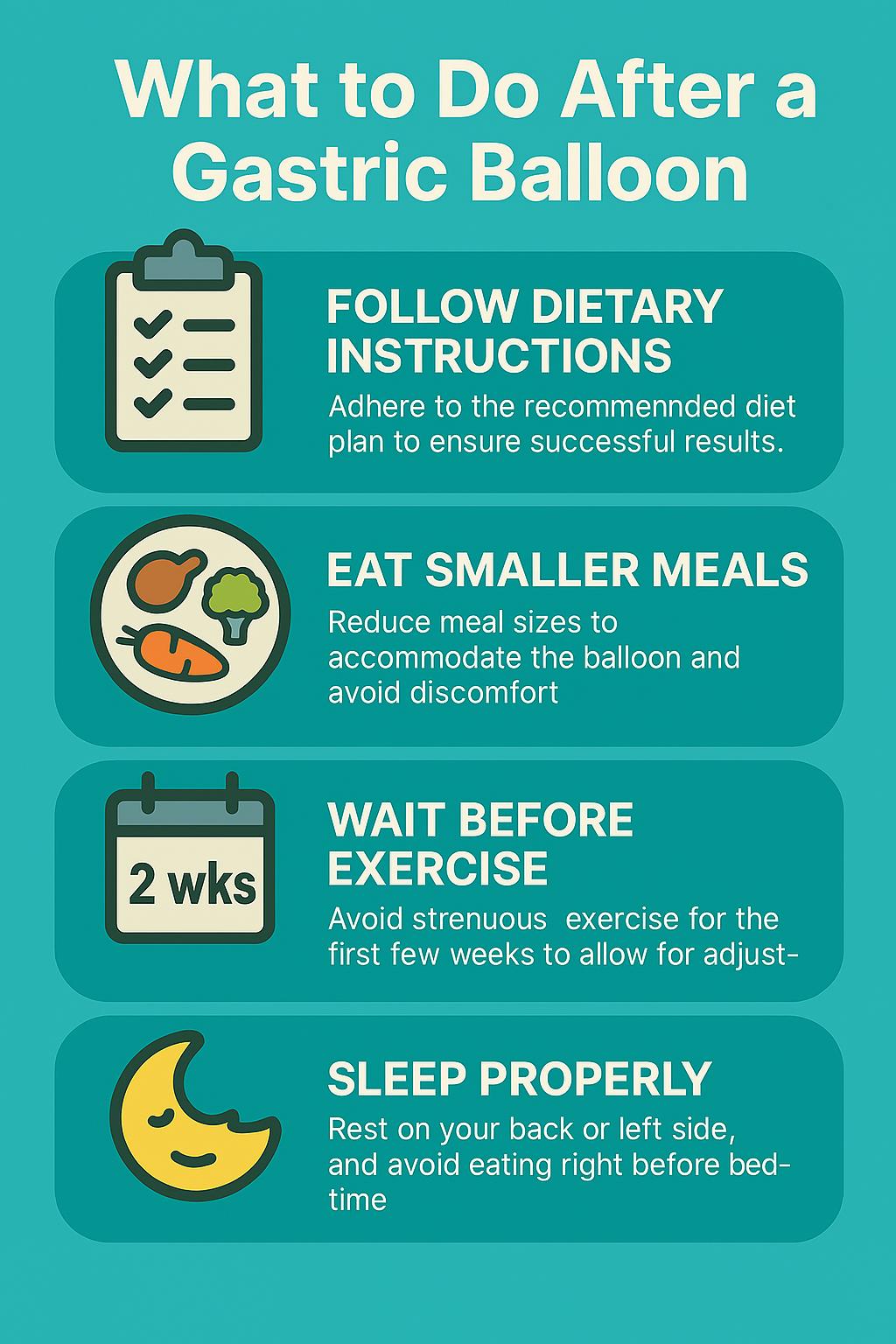
Gastric Balloon Recovery Time
Gastric balloon recovery after balloon insertion involves the following phases and time cycles:
Initial Recovery (First Week)
- First 24 hours: Clear liquids can be consumed six hours after the procedure, followed by a liquid diet for the first 24 hours.
- Day 2: Gradual transition to soft foods like yogurt or smoothies. Return to liquids if nausea occurs.
- After 3-5 days: Symptoms like nausea and vomiting are common in the first 3-5 days as the stomach adjusts. Anti-nausea medication is provided.
- First week: Maintain hydration, eat protein first, and avoid drinking liquids 30-60 minutes before meals.
Mid-Term Recovery (First 6 Months)
- Most weight loss occurs within 2-3 months as the balloon reduces hunger.
- Patients receive regular follow-ups to track progress.
- A dietitian may assist with meal planning and healthy eating habits.
- The 6-month period helps establish long-term portion control and healthy eating habits, which persist after balloon removal.
Got any more personal questions regarding intragastric balloon recovery?
You can ask your common questions about gastric balloons through the "Comments" section at the bottom of this page or via WhatsApp. Our consultants would be glad to help you with free consultations.
How long does it take to recover from a gastric balloon?
Although it can occasionally take longer, gastric balloon recovery can take 3 to 5 days, and the worst of the symptoms normally go away during this time. These occur frequently during the first three to five days after the implantation of a gastric balloon because the stomach is not used to its presence. Antibiotics will be prescribed for you to take at home.
Small amounts of clear liquids are acceptable to consume beginning roughly six hours following the surgery. The liquid diet usually lasts until the beginning of the second week, at which point you can start consuming soft foods. Within three weeks of the intragastric balloon as the newest weight loss surgery, you should be able to resume eating regular meals.
Can you eat normally with a gastric balloon?
Yes, you can eat normally with a gastric balloon, but it requires a gradual transition and adherence to dietary guidelines to avoid discomfort and complications.
Initially, after the procedure, you must follow a structured diet plan that progresses through four stages: liquids, puréed foods, soft foods, and finally, regular foods by day 15 onward. During the first two weeks, your diet is highly restricted to avoid nausea, vomiting, and other side effects.
Once you reach the regular food stage, you can eat a variety of foods but must prioritize protein first, followed by vegetables, and then carbohydrates. You should also avoid overeating, high-fat foods, sugary drinks, fizzy drinks, alcohol, and tough foods that may be hard to digest. Additionally, chewing food thoroughly and separating eating and drinking (waiting 30 minutes after meals before drinking fluids) are essential habits.
While you can return to a relatively normal diet, portion control remains crucial, as eating too much or too quickly may cause discomfort, nausea, or vomiting.
You may want to learn more about:“Gastric Balloon vs Gastric Sleeve.”
How do you sleep with a gastric balloon?
After the first few weeks following the gastric balloon treatment, sleeping regularly will be possible. This implies that you have the choice of sleeping on your side or back. When you sleep in these postures, your body's natural digestive processes can continue to work.
Some research by the National Library of Medicine indicates that sleeping on your left side may help lessen acid reflux, so if you have no preference for which side to sleep on, it might be helpful. That being said, as long as you are comfortable, either side is acceptable.
Following the right dietary recommendations is crucial for a restful night's sleep after a gastric balloon. This involves avoiding sugary meals, alcohol, fizzy drinks, and overeating. It's also a good idea to limit your meal intake and avoid drinking right before bed. If you follow these guidelines, you shouldn't have any trouble falling asleep.
Additionally, placing a pillow between your knees can avoid additional pressure that might cause headaches and maintain appropriate spinal alignment during the night. This additional assistance may result in a more comfortable sleeping setting.
Conclusion
Gastric balloon FAQs for proper care and caution after undergoing a gastric balloon procedure are crucial to ensure a smooth recovery and achieve the desired weight loss results. Avoiding strenuous activities, following dietary guidelines, and giving your body time to adjust are all essential steps to take in the early stages of recovery. While the gastric balloon can significantly support weight loss, it's important to listen to your body and follow medical advice regarding frequently asked questions about gastric balloons and gastric balloon pros and cons to ensure the best outcomes.
If you're considering a gastric balloon or any other weight loss treatment, FlytoTreat is here to help guide you through the process, from consultation to recovery. To begin your transformation, Click Here.
MEDICALLY REVIEWED BY: Dr. Ali Bazazi
AUTHOR: FlytoTreat's team of Authors
29 April 2025 - Updated At: 12 April 2025
Related Articles
Related Services
Comment







